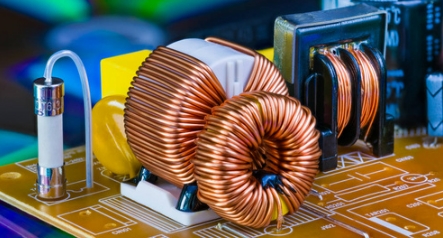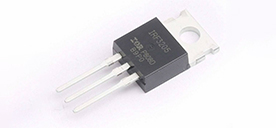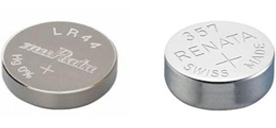Optimized design: the influence of the internal resistance of the power amplifier transformer
2024/4/30 12:18:30
Views:

1. Enhance load capacity: The impedance is reduced, the transformer can bear a larger load and the capacity is improved.
2. Improve efficiency: reduce impedance, reduce output voltage, reduce copper loss and magnetic loss, and improve efficiency.
But there are the following problems:
1. Increase the risk of failure: As the load increases, the output voltage drops significantly, affecting stability, increasing short-circuit current, and increasing risks.
2. Reduced stability: When the load changes, the output voltage drops quickly, causing voltage fluctuations and reduced stability.

1. Improve stability: The impedance is large, which slows down the change speed of the output voltage when the load changes and maintains stability.
2. Enhance anti-interference ability: large impedance reduces the passage of high-frequency signals and reduces the harm of noise interference and electromagnetic interference.
The shortcomings are:
1. Reduce the load capacity: The impedance is large, the output voltage is reduced, and the load capacity is reduced.
2. Reduced efficiency: The impedance is large, the output voltage is reduced, copper loss and magnetic loss are increased, and efficiency is reduced.
In summary, the size of the transformer impedance affects the operating performance, and the selection needs to be considered comprehensively. For small-capacity transformers, smaller impedance is better; for large-capacity transformers, larger impedance ensures stability and interference immunity.
When learning about current sources and voltage sources, the problem of internal resistance troubles many people. What effect does internal resistance have on power supply? Why does the internal resistance of the external load match the power supply output to reach the maximum power?
The power supply load, which is made up of an internal and an external circuit, is what makes up the circuit. Heat is produced by the current drawing energy from the power supply's internal resistance circuit. The internal resistance consumes power and is damaged due to temperature rise.
To achieve the maximum power, the external load and internal resistance must match the power supply output.Why?
The power supply has two functions: power source and signal source. The power supply requires small internal resistance and high efficiency; the signal source has high output power. The conditions for maximum output power: the load resistance is equal to the internal resistance, and the signal power is maximum.
The voltage source has a low internal resistance, while the current source has a high internal resistance!
For complex circuit analysis, the actual power supply is equivalent to an ideal power supply: the voltage at the voltage source terminal remains unchanged and the current at the current source terminal remains unchanged. Ideal power conversion makes complex circuits simple.
What is the ideal power supply? The voltage source is utilized when the ratio of the load resistance to the internal resistance is great, and the current source is used when the ratio is small.
The amplifier input impedance is large and the effect is good: the signal is not consumed by the internal resistance. The input resistance is the equivalent resistance and does not include the internal resistance of the signal source. The amplifier loads the signal source and needs to draw current. The input resistance is large, the amplifier current is small, the internal resistance voltage of the signal source is small, and the signal loss is small.
The amplifier output resistance is small: the load capacity is strong. Under a certain voltage, the output current is large and the required resistance is small.
In short:
The input resistance is large, and the signal reaches high voltage, reducing the burden on the signal source.
When the output resistance is small and the output voltage is constant, the load capacity is strong.
Related Information
-
-
Phone
+86 135 3401 3447 -
Whatsapp





